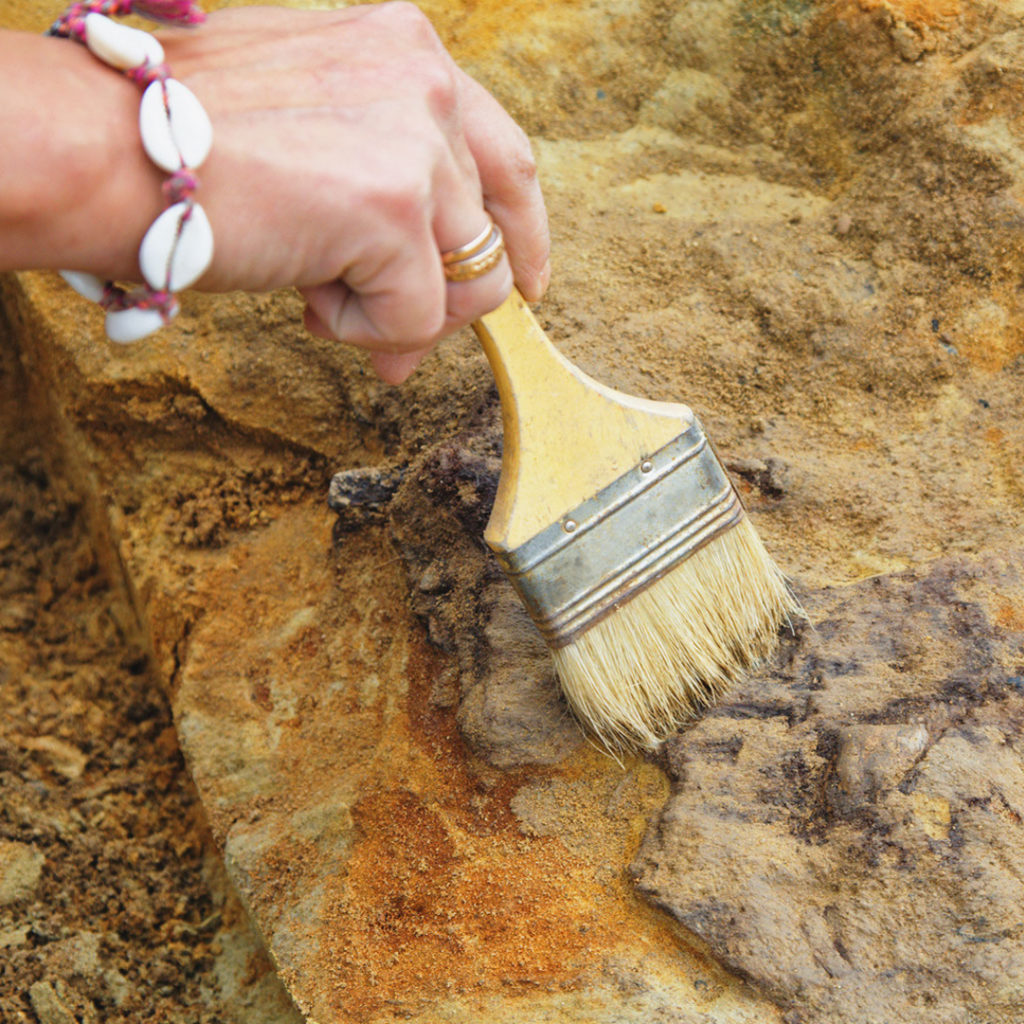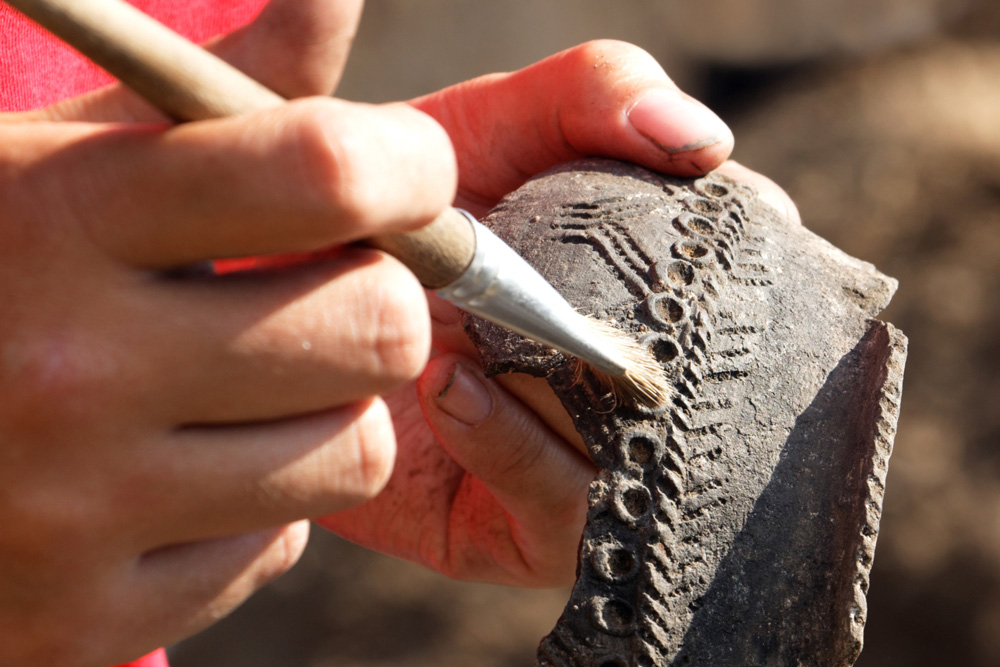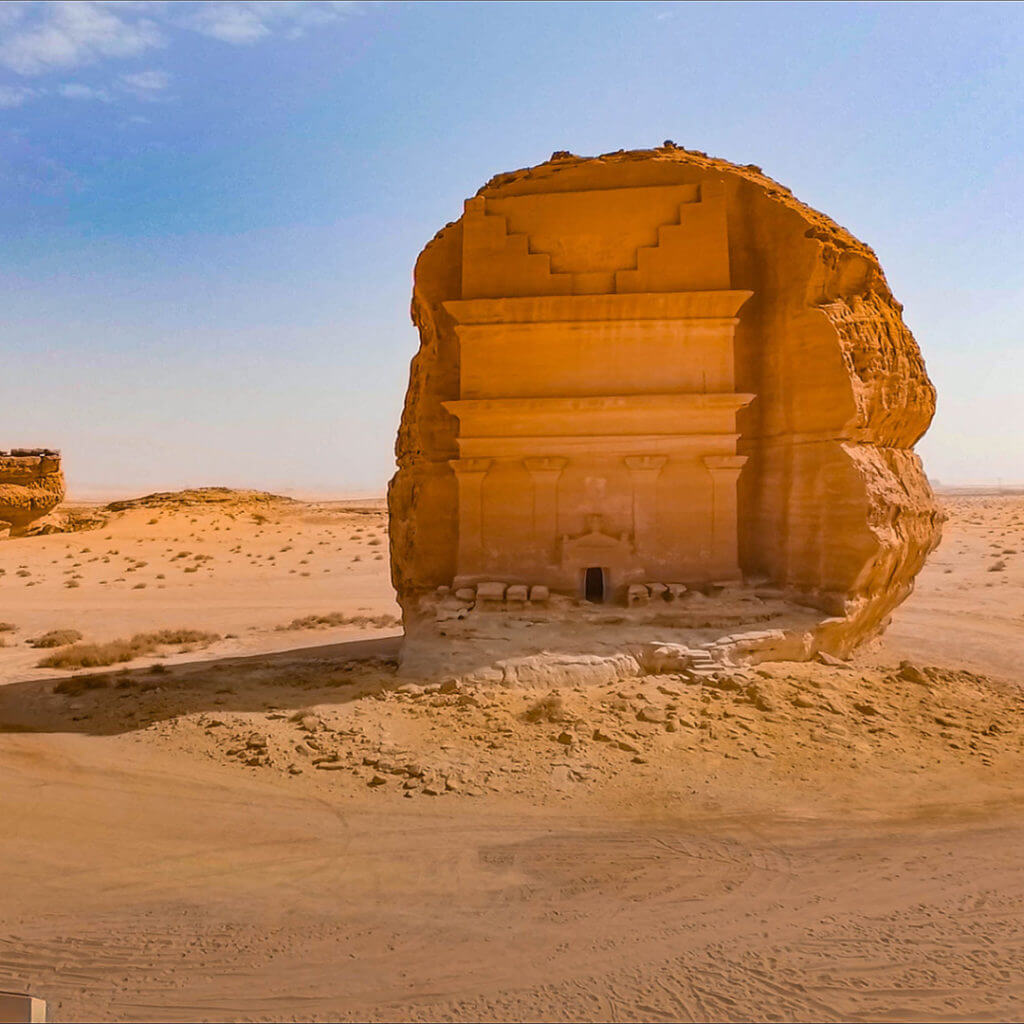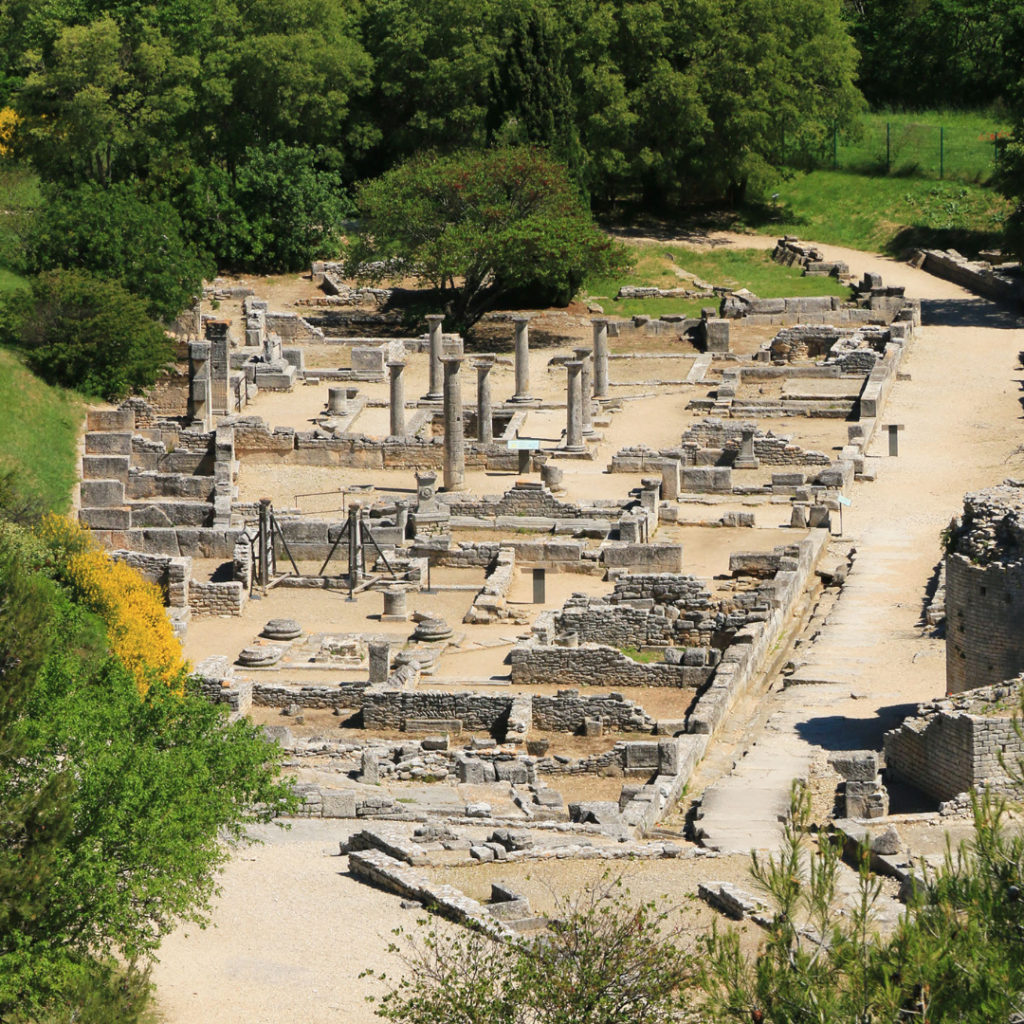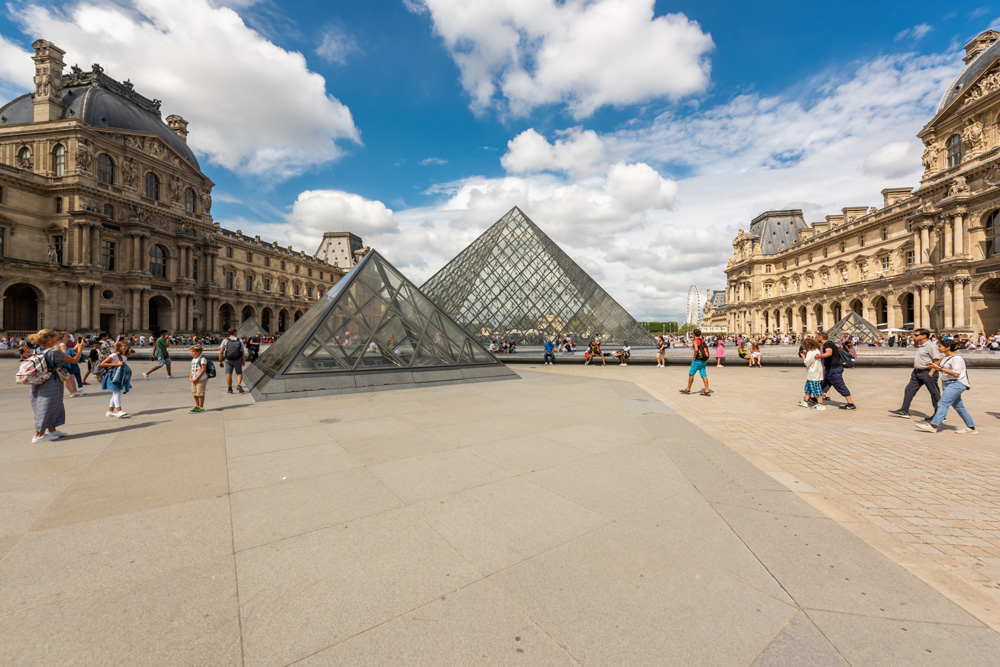
SCIENCE IN THE SERVICE OF ARCHAEOLOGY
STUDY OF THE REMAINS OF THE PAST
CIRAM laboratories date and analyse materials found in an archaeological context in order to determine their chronology, origin, composition and use, to reveal their manufacturing techniques or to identify their alterations and to offer technical assistance for their restoration.
Do you want to analyze your products?
Our experts will help you choose the techniques to use and answer your questions
Request a studyAREAS OF STUDY AND EXPERTISE
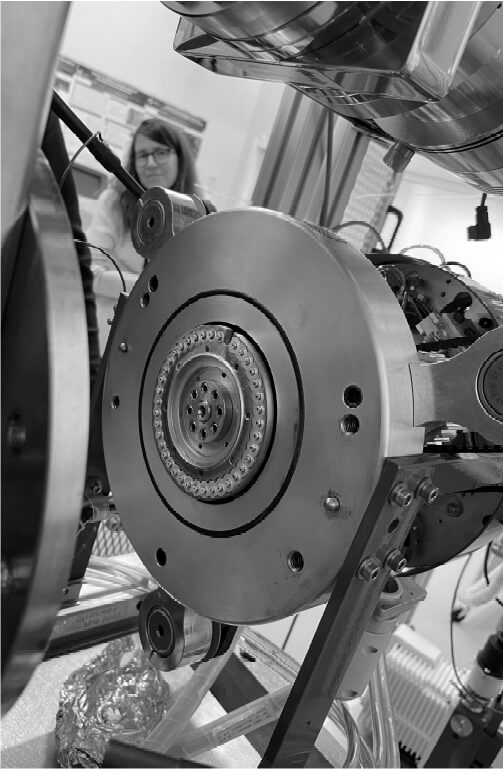
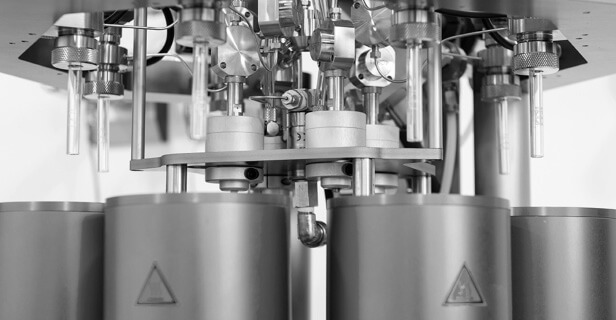
CARBON 14
Standard, collagen or bioapatite.
MATERIAL CHARACTERIZATION
Characterization of organic and mineral materials.
MICROANALYSIS
Optical and electron microscopies, Raman spectrometries.
Chemical and crystallographic analyses.
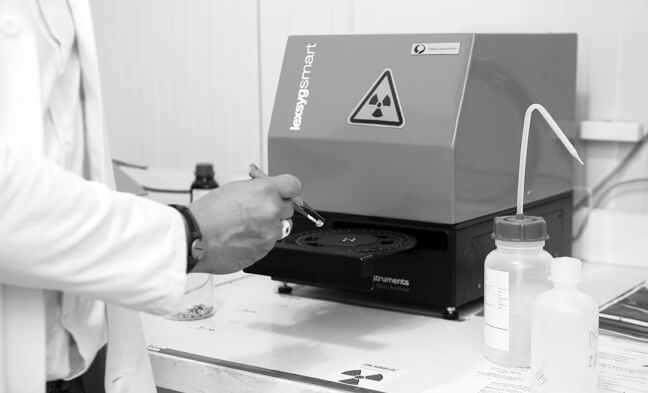
IMAGING
Our non-invasive imaging techniques.
Our
support
An analytical process and controlled deadlines
Do you want to analyze your products?
Our experts will help you choose the techniques to use and answer your questions
Request a study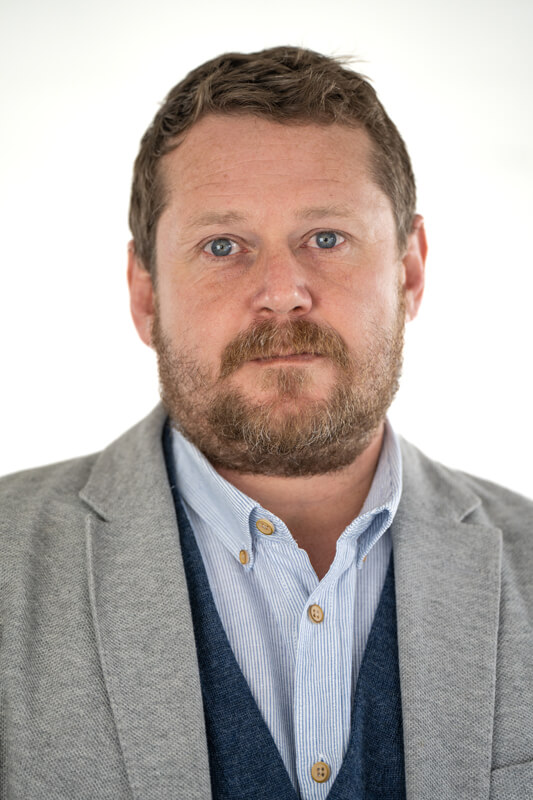

Head of Archaeology Department (Fr, En, Sp & It)
Patrick’s background
A trained archaeologist, specialized in underwater archaeology, Patrick will welcome you for all your chronological and analytical issues. Patrick will be perfectly able to apprehend your requests and needs and to propose the most appropriate archaeometric solution.
Radiocarbon dating, TL/OSL dating or material analysis, Patrick will ensure the perfect match between your needs and our solutions.
As an archaeologist, Patrick will be a privileged interlocutor and will listen to you. He will be the link between your requests and the laboratory and he will make sure that the analysis deadlines and the quality follow-up are respected.

